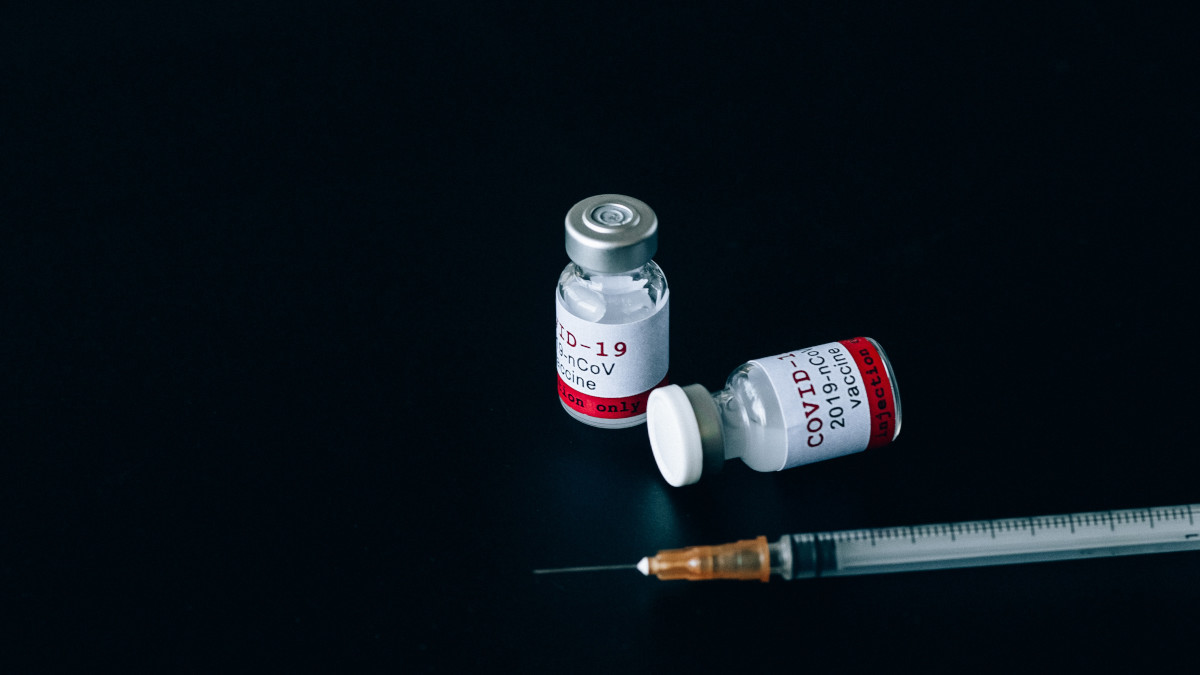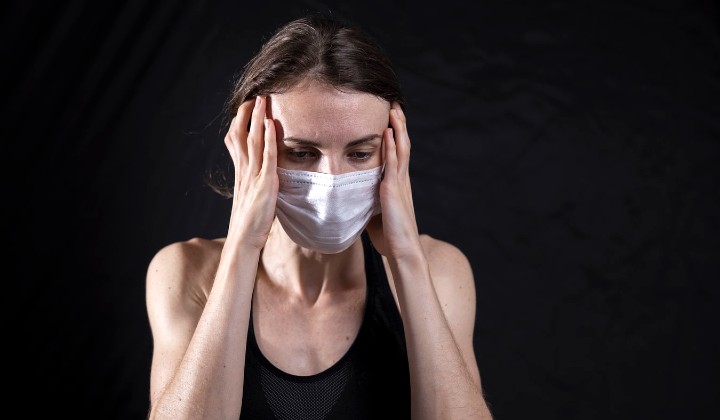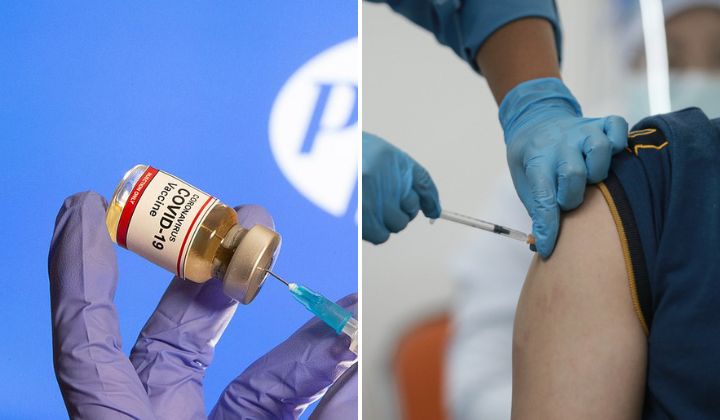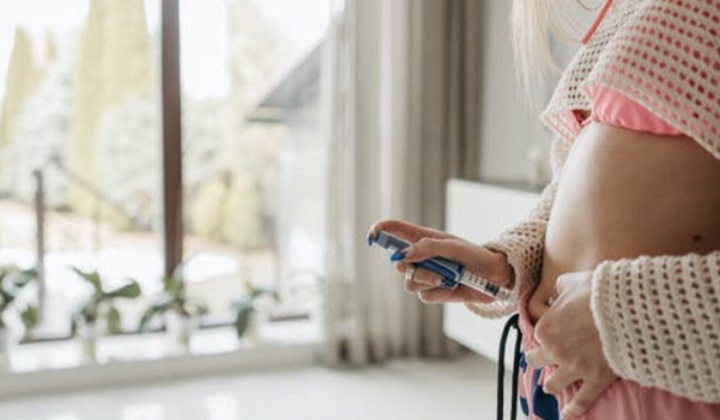Should Malaysia Follow The Philippines And Not Tell You What Vaccine You’re Getting?
Does the brand of the COVID-19 vaccine matter to you? Some people are still very particular.

Subscribe to our new Telegram channel for the latest updates and stories.
The best vaccine is the first one you can get access to so do you agree with the Philippines Department of Health (DOH) when they announced earlier this week (20 May) to not reveal vaccine brands?
Philippine officials came to the decision because too much preference on a certain brand can hinder their vaccination rollout.
While their government believes this move is necessary, the people are raising eyebrows.
At first read of this, most of you may also be thinking “WHAT? NO WAY!” And fairly so because “my body, my choice” right? Technically, it is your choice but at this point in the pandemic, herd immunity is what we are trying to achieve.
Are all Vaccines Treated Equally?
According to the American Centers for Disease Control and Prevention (CDC), the best COVID-19 vaccine is the first one that is available to you. They recommend to not wait for a specific brand as long as they are approved by your local health ministries.
Look at it this way. You’re starving and the only source of food is the supermarket filled with safety regulated food. However, your preferred brands for consumption are not there. Would you risk your health and possible death because your preference is not available? Probably not.
That still doesn’t answer my question. Are all Vaccines the same?
Let’s break it down.
Researchers have been testing many different coronavirus vaccines in clinical trials on humans. An article in the NY Times explains how nine of the leading vaccines work with a focus on the ones available (or soon to be available) in Malaysia.
Messenger RNA Vaccines (mRNA)

Of the more widely (and preferred) used vaccine is Pfizer-BioNTech. It is classified as mRNA and teaches our cells how to make a protein. It then uses a tiny fragment of the virus’s genetic code that makes the virus inside our bodies. Our immune system then recognises it as foreign and starts to attack it.
Adenovirus-Based Vaccines
What’s hot right now is undoubtedly the AstraZeneca vaccine which has been made available to Malaysians starting 5 May with the 2nd phase of registrations starting tomorrow (Sunday 23 May).
Classified as an Adenovirus, which is made from a weakened version of a common cold virus by the same name, it is has been modified to contain genetic material shared by the coronavirus though it does not cause the illness. Once you’ve received the shot, it teaches the body’s immune system how to fight the real virus.
Inactivated Coronavirus Vaccine
A vaccine many in Malaysia are anticipating is Sinovac. How this category of vaccines works is by killing viral particles to expose the body’s immune system to the virus without risking a serious disease response.
Tldr; Its genetic code triggers the body to make viral proteins (not the whole virus) which is enough to train the immune system to attack.
What are the efficacy rates of these vaccines though?
It is important to note that efficacy and effectiveness are different.
According to Gavi (the Vaccine Alliance):
Efficacy is the degree to which a vaccine prevents disease, and possibly also transmission, under ideal and controlled circumstances – comparing a vaccinated group with a placebo group. Effectiveness meanwhile refers to how well it performs in the real world. Although a vaccine that has high efficacy – such as Moderna’s COVID-19 vaccine with 94.5% efficacy and Pfizer’s with 90% efficacy – would be expected to be highly effective in the real world, it is unlikely to translate into the same effectiveness in practice.
Gavi.org
So what does this all mean?
Essentially, all vaccines have one common goal, and that is to trigger your immune response to recognise and fight disease-causing organisms.
I’m worried about side-effects
Side-effects are synonymous with pretty much any type of vaccination, some might have a mild fever or feel a little tired, but the likelihood of someone being severely harmed by it are so very low that the chances of fireworks exploding in a car and getting split in two is more likely than actually dying from getting vaccinated.

That said though, side-effects are inevitable and the most common ones are:
- Pain, redness or swelling on the arm where you got shot.
- And throughout the rest of your body, you may experience:
- Tiredness
- Headache
- Muscle pain
- Chills
- Fever
- Nausea
To reduce pain and discomfort on the injection site, apply a clean, cool, wet washcloth over the area. You should also lightly use/exercise your arm.
Make sure to drink plenty of fluids and dress lightly too.
If you really are concerned about what exactly goes into your body, there’s a plethora of resources online to read up on. It’s good to get informed but remember: The best vaccine is the first one you can get access to.
Share your thoughts with us on TRP’s Facebook, Twitter, and Instagram.
Former advertising mad woman - turned mother to an amazing little girl born 3 months early - and now a returned writer. Also a textbook ambivert with no clue about today's pop music but a walking encyclopedia of music from the 80s and 90s.





